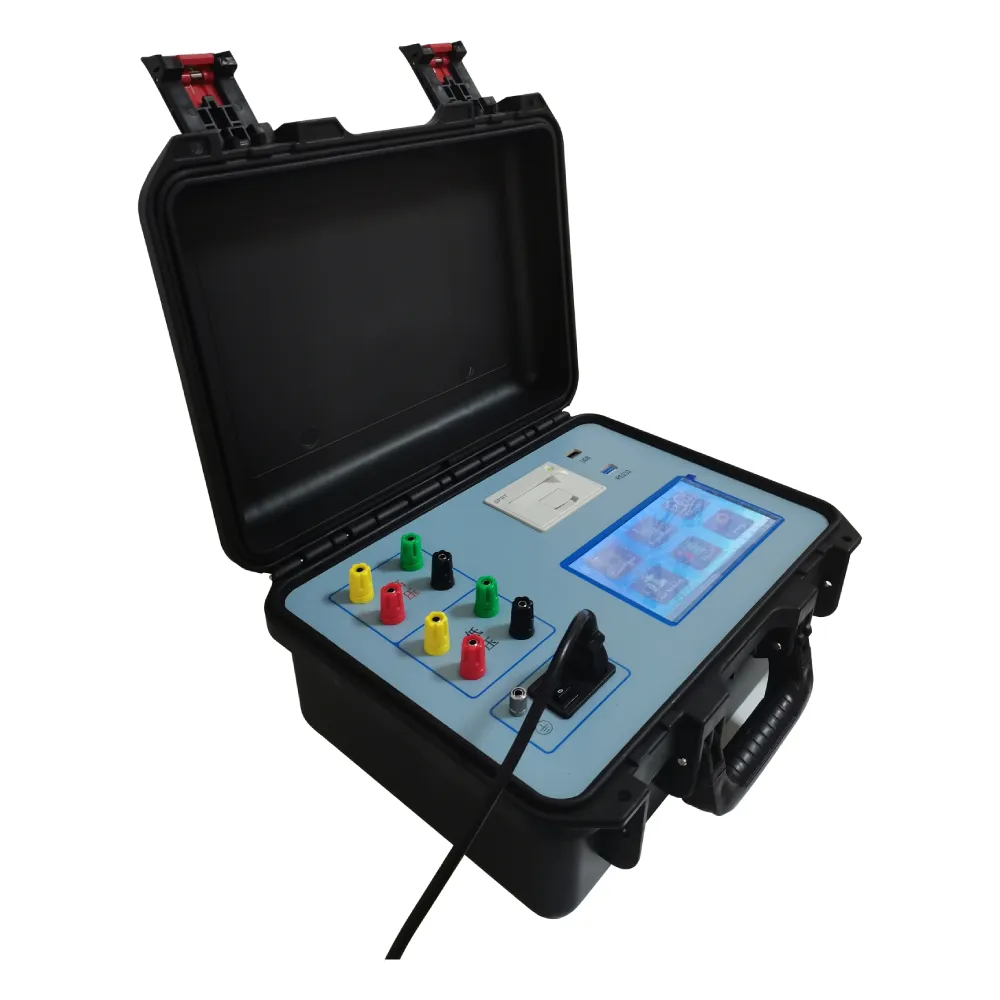TEL:
+86-0312-3189593
 English
English

Telephone:0312-3189593

Email:sales@oil-tester.com

-
 Afrikaans
Afrikaans -
 Albanian
Albanian -
 Amharic
Amharic -
 Arabic
Arabic -
 Armenian
Armenian -
 Azerbaijani
Azerbaijani -
 Basque
Basque -
 Belarusian
Belarusian -
 Bengali
Bengali -
 Bosnian
Bosnian -
 Bulgarian
Bulgarian -
 Catalan
Catalan -
 Cebuano
Cebuano -
 China
China -
 China (Taiwan)
China (Taiwan) -
 Corsican
Corsican -
 Croatian
Croatian -
 Czech
Czech -
 Danish
Danish -
 Dutch
Dutch -
 English
English -
 Esperanto
Esperanto -
 Estonian
Estonian -
 Finnish
Finnish -
 French
French -
 Frisian
Frisian -
 Galician
Galician -
 Georgian
Georgian -
 German
German -
 Greek
Greek -
 Gujarati
Gujarati -
 Haitian Creole
Haitian Creole -
 hausa
hausa -
 hawaiian
hawaiian -
 Hebrew
Hebrew -
 Hindi
Hindi -
 Miao
Miao -
 Hungarian
Hungarian -
 Icelandic
Icelandic -
 igbo
igbo -
 Indonesian
Indonesian -
 irish
irish -
 Italian
Italian -
 Japanese
Japanese -
 Javanese
Javanese -
 Kannada
Kannada -
 kazakh
kazakh -
 Khmer
Khmer -
 Rwandese
Rwandese -
 Korean
Korean -
 Kurdish
Kurdish -
 Kyrgyz
Kyrgyz -
 Lao
Lao -
 Latin
Latin -
 Latvian
Latvian -
 Lithuanian
Lithuanian -
 Luxembourgish
Luxembourgish -
 Macedonian
Macedonian -
 Malgashi
Malgashi -
 Malay
Malay -
 Malayalam
Malayalam -
 Maltese
Maltese -
 Maori
Maori -
 Marathi
Marathi -
 Mongolian
Mongolian -
 Myanmar
Myanmar -
 Nepali
Nepali -
 Norwegian
Norwegian -
 Norwegian
Norwegian -
 Occitan
Occitan -
 Pashto
Pashto -
 Persian
Persian -
 Polish
Polish -
 Portuguese
Portuguese -
 Punjabi
Punjabi -
 Romanian
Romanian -
 Russian
Russian -
 Samoan
Samoan -
 Scottish Gaelic
Scottish Gaelic -
 Serbian
Serbian -
 Sesotho
Sesotho -
 Shona
Shona -
 Sindhi
Sindhi -
 Sinhala
Sinhala -
 Slovak
Slovak -
 Slovenian
Slovenian -
 Somali
Somali -
 Spanish
Spanish -
 Sundanese
Sundanese -
 Swahili
Swahili -
 Swedish
Swedish -
 Tagalog
Tagalog -
 Tajik
Tajik -
 Tamil
Tamil -
 Tatar
Tatar -
 Telugu
Telugu -
 Thai
Thai -
 Turkish
Turkish -
 Turkmen
Turkmen -
 Ukrainian
Ukrainian -
 Urdu
Urdu -
 Uighur
Uighur -
 Uzbek
Uzbek -
 Vietnamese
Vietnamese -
 Welsh
Welsh -
 Bantu
Bantu -
 Yiddish
Yiddish -
 Yoruba
Yoruba -
 Zulu
Zulu
Jan . 20, 2025 03:42
Back to list
PS-2009 Air Generator Gas Chromatography Test Kit
Navigating the complex world of gas chromatography requires a keen understanding of the nuances associated with its various components, among which the detector plays a crucial role. The selection of an appropriate detector for gas chromatography is paramount for obtaining precise analytical results that could greatly influence the quality of research or production processes in industries like pharmaceuticals, environmental science, and petrochemicals.
The choice of detector directly aligns with the specificity and sensitivity requirement of the analysis. Selecting the right detector requires an understanding of the sample type, the compounds of interest, and the required detection limits. Expertise in gas chromatography ensures that the detector's capabilities are fully utilized, leading to optimal analytical performance. Empirical experience plays a vital role in mastering the use of gas chromatography detectors. Expert users know that routine calibration and maintenance can dramatically extend the life and improve the efficiency of these detectors. Precision is not solely reliant on the technology itself but also on the skills and dedication of the personnel handling the instruments. Continued professional training and knowledge extraction from industry studies can greatly enhance the results obtained from these sophisticated devices. In ensuring authoritativeness and trustworthiness, institutions utilizing gas chromatography detectors should adhere to stringent operational protocols and regulatory compliance. Engagement with global standards such as ISO can enhance the credibility and trust in the results generated. In professional environments, certifications and accreditations stand as testaments to the reliability and validity of the analytical methodologies employed. As we continue to witness progress in analytical science, the indispensable role of detectors in gas chromatography cannot be overstated. They serve as the backbone of chromatographic analysis, deconstructing complex chemical puzzles and providing clarity in a myriad of scientific discoveries. Ensuring that the choice, installation, and maintenance of these detectors meet the highest standards remains a fundamental pillar in the quest for excellence in analytical chemistry.


The choice of detector directly aligns with the specificity and sensitivity requirement of the analysis. Selecting the right detector requires an understanding of the sample type, the compounds of interest, and the required detection limits. Expertise in gas chromatography ensures that the detector's capabilities are fully utilized, leading to optimal analytical performance. Empirical experience plays a vital role in mastering the use of gas chromatography detectors. Expert users know that routine calibration and maintenance can dramatically extend the life and improve the efficiency of these detectors. Precision is not solely reliant on the technology itself but also on the skills and dedication of the personnel handling the instruments. Continued professional training and knowledge extraction from industry studies can greatly enhance the results obtained from these sophisticated devices. In ensuring authoritativeness and trustworthiness, institutions utilizing gas chromatography detectors should adhere to stringent operational protocols and regulatory compliance. Engagement with global standards such as ISO can enhance the credibility and trust in the results generated. In professional environments, certifications and accreditations stand as testaments to the reliability and validity of the analytical methodologies employed. As we continue to witness progress in analytical science, the indispensable role of detectors in gas chromatography cannot be overstated. They serve as the backbone of chromatographic analysis, deconstructing complex chemical puzzles and providing clarity in a myriad of scientific discoveries. Ensuring that the choice, installation, and maintenance of these detectors meet the highest standards remains a fundamental pillar in the quest for excellence in analytical chemistry.
Previous:
Latest news
-
Exploring the Main Types of Industrial Endoscopes and Their Applications Across IndustriesNewsJul.04,2025
-
Testing Equipment Industry Sees Major Advancements in 2025: Smart & Precision Technologies Lead the WayNewsJun.06,2025
-
Applications of Direct Current Generators in Renewable Energy SystemsNewsJun.05,2025
-
Hipot Tester Calibration and Accuracy GuidelinesNewsJun.05,2025
-
Digital Circuit Breaker Analyzer Features and BenefitsNewsJun.05,2025
-
Benefits of Real-Time Power Quality Monitoring Devices for Industrial EfficiencyNewsJun.05,2025



